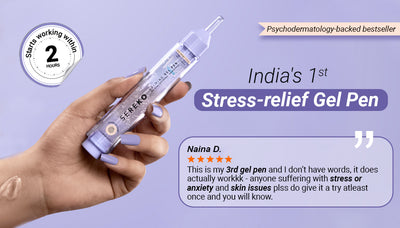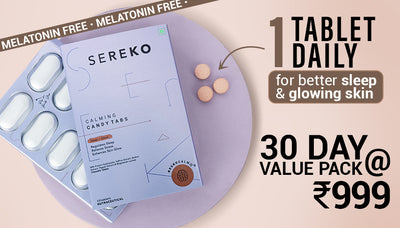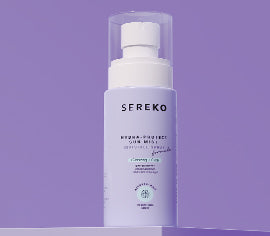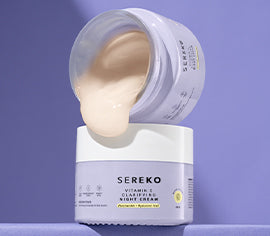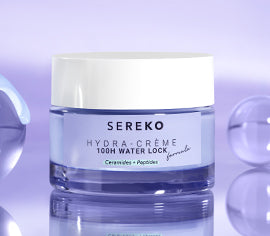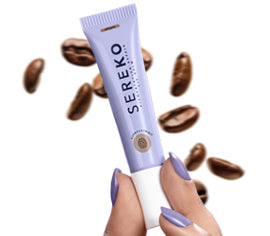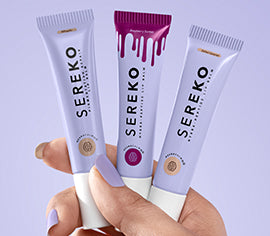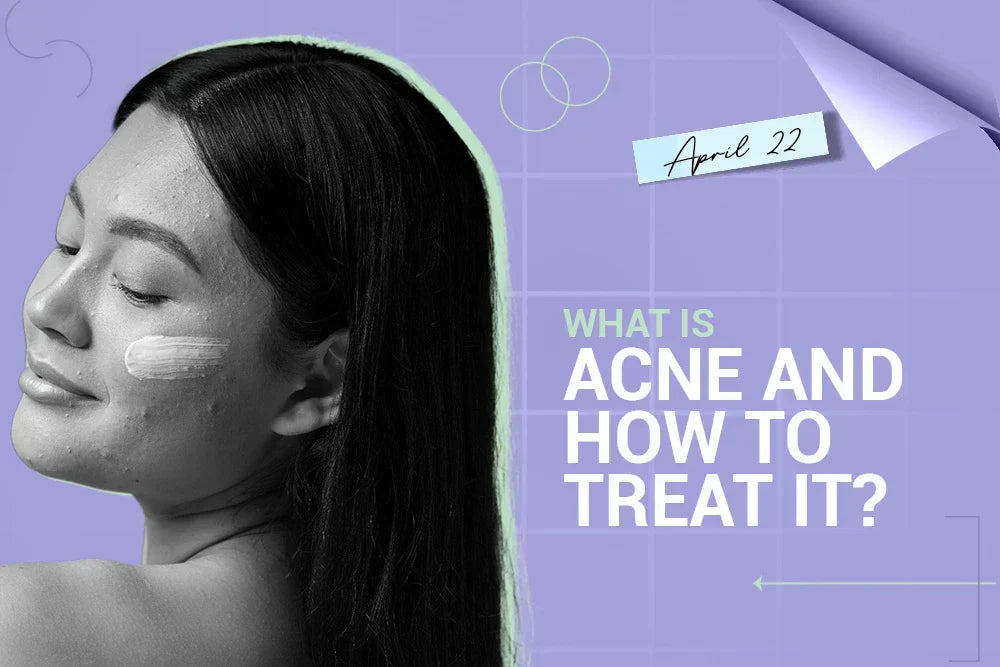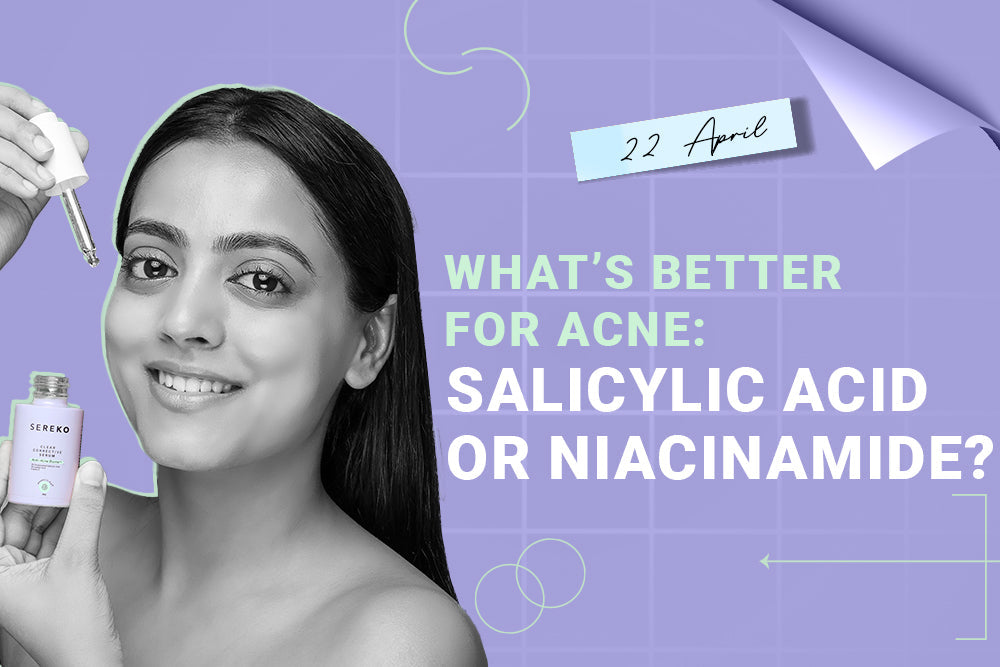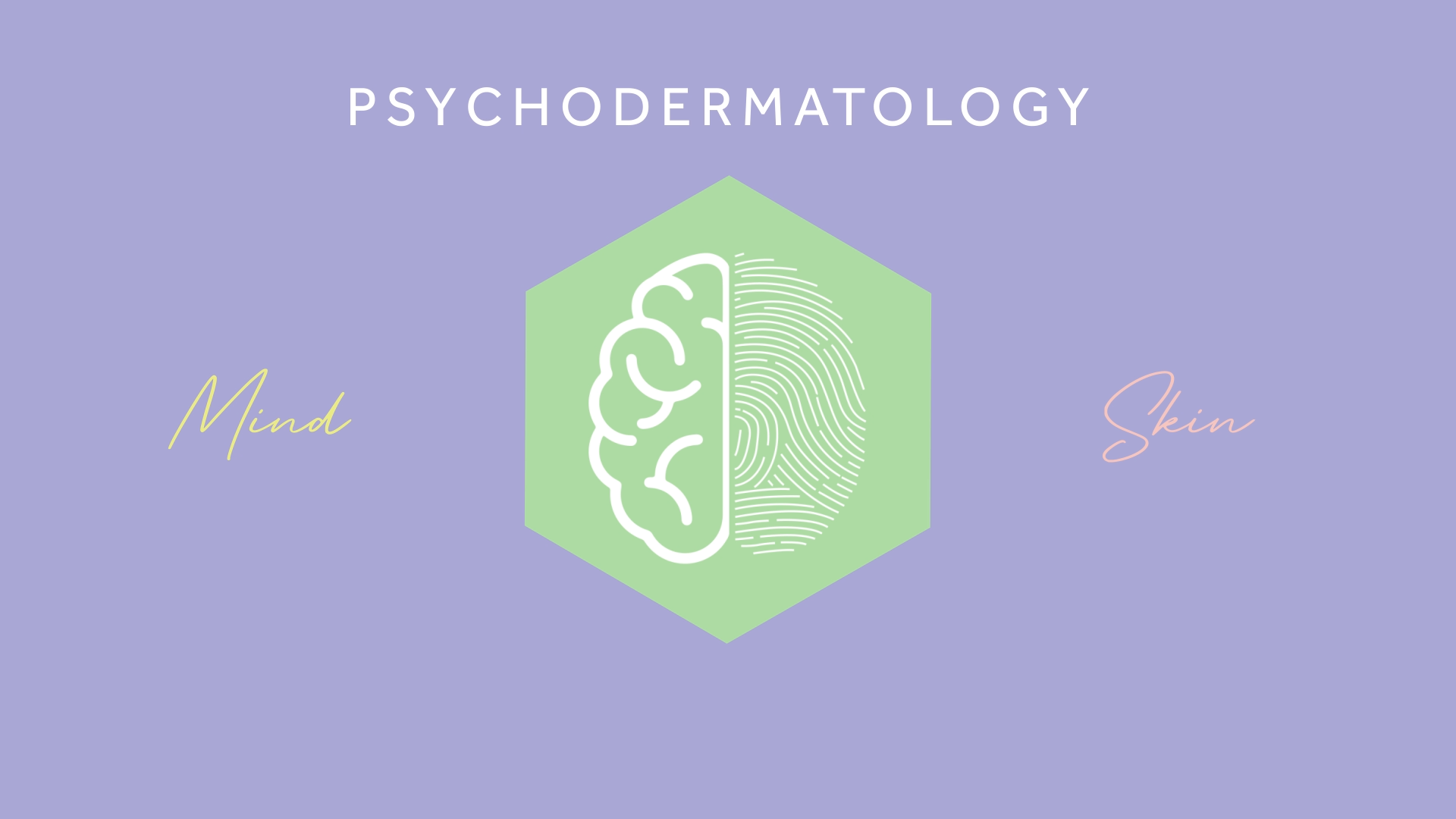We’ve all had that one pimple that shows up uninvited before something important. But acne isn't just about surface breakouts, it’s a complex skin condition that needs care, consistency, and the right ingredients.
Let’s walk through what acne really is, why it happens, and how you can manage it effectively.
First, what is acne?

Acne is a skin condition that happens when your pores get clogged with oil (sebum), dead skin cells, and bacteria. This can lead to different types of breakouts—blackheads, whiteheads, papules, pustules, or even deep cystic acne.
It usually shows up on the face, but can also affect your back, chest, and shoulders.
Why does acne happen?
-
Acne doesn’t come from dirty skin. Instead, it often stems from:
- Excess oil production
- Buildup of dead skin cells
- Bacterial overgrowth (Cutibacterium acnes)
- Hormonal fluctuations
- Stress and lack of sleep
- Gut imbalance or poor diet
- Harsh or comedogenic skincare products
These factors can throw off your skin’s balance, especially if your barrier is already compromised.
How to treat acne effectively
There’s no one-size-fits-all fix. But here’s a gentle, consistent routine that works for oily and acne-prone skin types.
1. Start with the right cleanser
Look for a face wash with exfoliating acids that help unclog pores, like Salicylic Acid or Glycolic Acid. These ingredients clean deeper than a regular cleanser, removing the buildup that causes breakouts.
*image of pore-clearing wash*
Try: Pore-Clearing Wash
With 1% Salicylic Acid, 2% Glycolic Acid, and Lactic Acid to gently exfoliate and calm inflammation. Bonus: it is soap-free and sulfate free which maintains a healthy ph level of 5.5 without stripping and making your skin dry.
2. Use a targeted treatment
Serums with active ingredients like Encapsulated Salicylic Acid, Azelaic Acid, or Zinc PCA work well to treat existing acne, reduce redness, and prevent future breakouts. They also help fade post-acne marks over time.

Try: Clear Corrective Serum
Formulated with 2% Encapsulated Salicylic Acid and 3% Azelaic Acid for deep action with minimal irritation.
3. Moisturize—even if you have oily skin
Skipping moisturizer can backfire. When your skin feels dry, it may actually produce more oil to compensate. Choose a lightweight, oil-free moisturizer that hydrates without clogging pores.

Try: Oil Clear Moisturizer
Non-comedogenic, calming, and designed to balance oil without making your skin feel greasy.
4. Support your skin from within
Breakouts often have internal triggers too, like stress, digestion, and hormonal imbalance. That’s where a gut-skin supplement can help.

Try: Skin Clearing Syrup
This daily supplement helps soothe inflammation, rebalance the gut, and manage stress-induced breakouts with probiotic and adaptogenic support.
The key? Be patient and consistent
Treating acne takes time, sometimes weeks. So it is very important to be patient & kind to your skin. Avoid over-exfoliating, and don’t keep switching products too often. Follow a consistent skincare regimen and let your skin adjust to the ingredients.
Look for formulas that treat acne without damaging your skin barrier—and remember, hydration and calmness (in your routine and your life) go a long way.
Final thoughts
Acne isn’t just about what’s on your face—it’s about how your skin functions, how your lifestyle supports it, and what products you use daily.
With the right ingredients and a bit of patience, you can absolutely manage and heal acne in a way that feels sustainable, not stressful.
